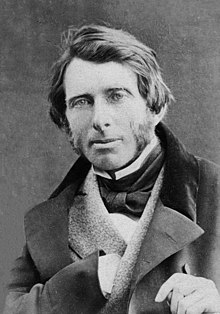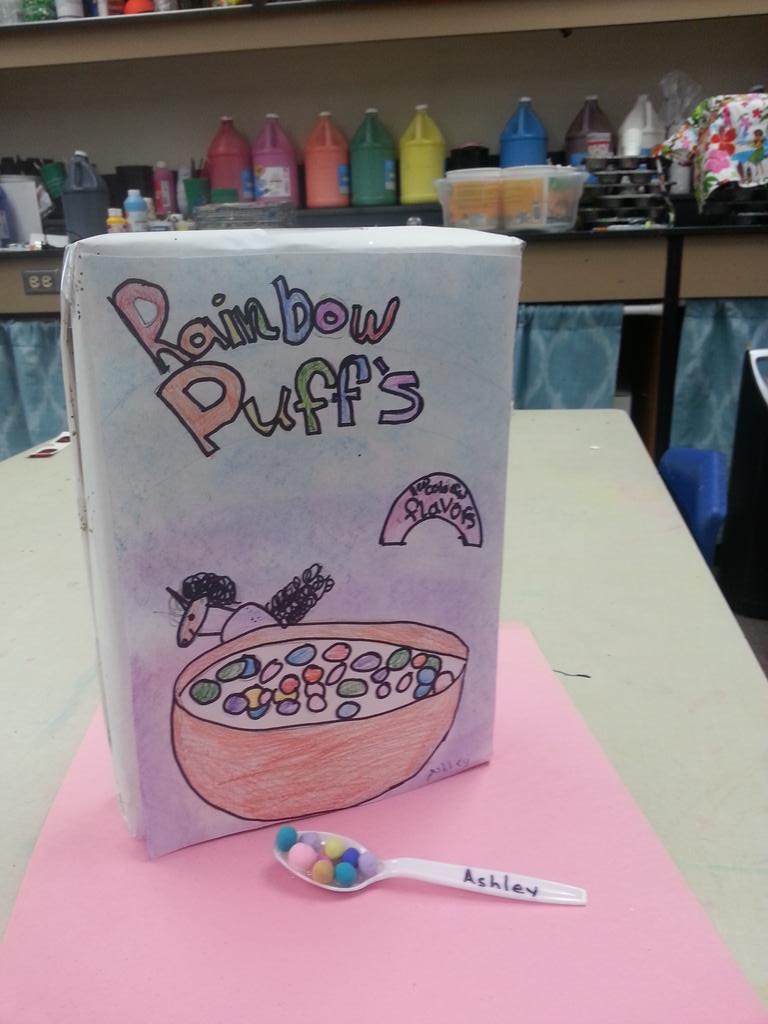I was thinking the other day about all the different drawing aides we teach kids in art class: drawing with shapes, negative shapes, turning your paper upside down, measuring with your pencil extended, knowing average proportions, the grid method etc. etc. Why do we have so many tricks for drawing? Shouldn't there be just one way that is the best way to draw? Of course not. Some of these methods work really well for some people and others don't. Or one trick works really well for certain jobs. I think identifying the type of drawer you are naturally could help when choosing which tricks work best for you. & of course noticing a child's tendencies when drawing could help you pinpoint the method that would help them make a better drawing.
So what type of drawer are you?
The No Consequences drawer - This drawer does NO preliminaries and starts right with a contour line. They work fast, but love detailed wavy lines, and get surprised when the contour line doesn't meet up in the right place when they go back around. I think this type of drawer would benefit from learning to draw a general shape first to get proportions right. Then they can do what they like, detailed contour lines, but following the shape that they have already worked out is the right size for the job. Looking for axes would also help the no consequence drawer. Every once in a while looking to see where a contour feature should line up with something else previously drawn. Maybe even adding some of those measuring axes first would be helpful. Actually anything that makes them pause and see the whole system of what they are drawing would be helpful. I would also like to teach them how to use their pencil to find angles.
The Measurer - The Measurer likes to get everything set out before they start the drawing. They look at all the objects no matter the subject and they plot out where everything lines up, how close they are, then they set off to draw. They may even pull out a ruler as they like straight lines. When they learn how to use their pencil to measure and find angles they were in love. The measurer would benefit from learning to look at the negative shapes and the forms of the objects. After plotting things out like they like I would ask them to swith and look at the negative shapes and see if the they are as perfect as they appear in their drawing. I think they would also benefit from doing some exercises in only form using charcoal. If this is you and you want to try that exercise: Tint your whole page grey by smearing in the charcoal. Erase out your highlights and add in the shadows with dark black charcoal. It is okay to do this on top of a detailed, measured
The Adjuster - The Adjuster draws by getting something down quickly and easily without distractions then uses their tools to fix it. They tend to use up a lot of erasers and draws with a sketchy broken line. Sketchy lines is just a way to alter the direction of the line as you go. So the adjuster draws slow and is watching the object as they go, continually adjusting the line. After the object is drawn then they adjust more when looking at it as whole and erases and changes things. When a new object is put in, they may even further adjust that first object if it doesn't work with the second object. The Adjusters would benefit greatly by doing some preliminary work like the No Consequences drawer. Creating plumb lines, working out proportions first, etc. The hardest thing for an Adjuster is helping them find a time when to stop adjusting and to like their drawing.
The Shape Shifter - The Shape Shifters love the drawing with shapes method. When exposed to charcoal instead of pencils they were in their glory, and fell in love with pulling out highlights and rubbing in shadows. Shape shifters would benefit from learning where and when to use sharp or soft lines as their work could end up with only soft edges. Also they would benefit greatly from switching their mode of thinking every once in a while to negative shapes to see if they have things lining up right.
Like any list of "types" noone fits into only one of these categories. Knowing that everyone does not struggle in the same way could really help you help your kids draw better as well as yourself!





